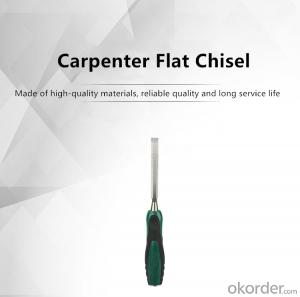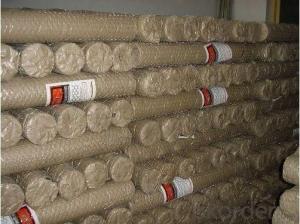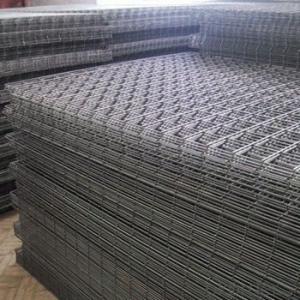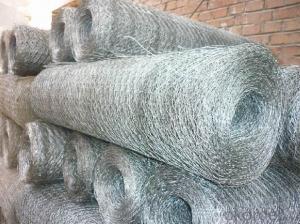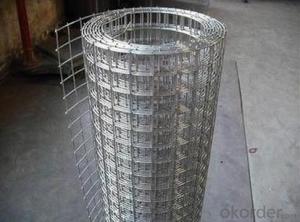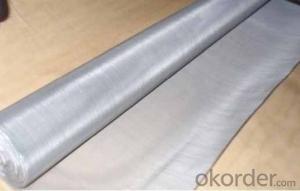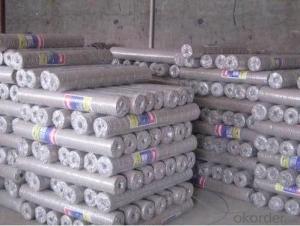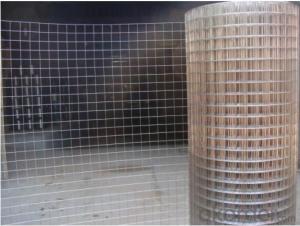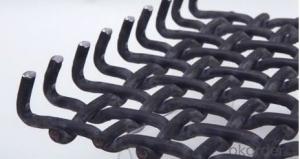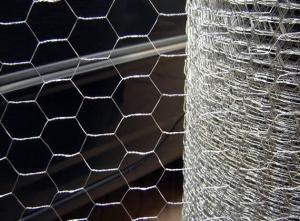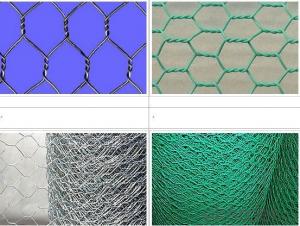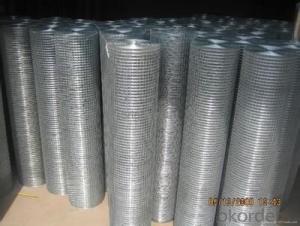1/2 Inch Aluminum Flat Stock
1/2 Inch Aluminum Flat Stock Related Searches
Led Light Bulbs For Ceiling Fixtures Led Lamps For Ceiling 42 In Ceiling Fan With Light Aluminum Coil Stock For Gutters Aluminum Foil For The Grill Hole Saw For Aluminum Plate Aluminum Tread Plate For Trailer Bow Plate For Aluminum Boat Aluminum Foil For Grow Room Aluminum Foil For Joint PainHot Searches
Stock Price For Aluminum Aluminum Coil Stock For Sale Aluminum Gutter Coil For Sale Used Aluminum Scaffolding For Sale 1/4 Aluminum Plate For Sale Aluminum Bar Stock For Sale Aluminum Round Stock For Sale Aluminum Diamond Plate For Sale Aluminum Scaffolding For Sale Craigslist 6061 Aluminum Plate For Sale Aluminum Dock Plate For Sale 7075 Aluminum Plate For Sale Aluminum Tread Plate For Sale Aluminum Checker Plate For Sale Aluminum Plate For Sale Near Me Plate Aluminum For Sale Aluminum Plate For Sale Aluminum Square Stock For Sale Aluminum Flat Stock For Sale Billet Aluminum Stock For Sale1/2 Inch Aluminum Flat Stock Supplier & Manufacturer from China
Okorder.com is a professional 1/2 Inch Aluminum Flat Stock supplier & manufacturer, offers integrated one-stop services including real-time quoting and online cargo tracking. We are funded by CNBM Group, a Fortune 500 enterprise and the largest 1/2 Inch Aluminum Flat Stock firm in China.Hot Products
FAQ
- The lifespan of steel wire mesh can vary depending on various factors such as the quality of the material, the environment it is exposed to, and the level of maintenance it receives. However, in general, steel wire mesh is known for its durability and longevity. When properly installed and maintained, steel wire mesh can last for decades. It is resistant to corrosion, which is a common issue for other types of metal mesh. Additionally, steel wire mesh is highly robust and can withstand heavy loads and impacts without losing its structural integrity. The lifespan of steel wire mesh can be extended by implementing regular maintenance practices such as cleaning, inspecting for any signs of wear or damage, and repairing or replacing any affected areas promptly. Furthermore, using high-quality steel wire mesh and ensuring proper installation can significantly increase its longevity. In conclusion, steel wire mesh has a long lifespan and can provide reliable performance for many years when properly maintained.
- Steel wire mesh is an essential component in the reinforcement of stadiums and sports arenas due to its strength, durability, and versatility. It is commonly used in various applications within these structures to enhance their structural integrity and safety. One of the primary uses of steel wire mesh in stadium reinforcement is the construction of concrete slabs and walls. By embedding the mesh within the concrete, it provides additional tensile strength and prevents cracking or crumbling of the structure under heavy loads or external forces. This reinforcement ensures that the stadium or arena can withstand the weight of the spectators, equipment, and any other live loads during events. Moreover, steel wire mesh is extensively used in the creation of fencing systems around the perimeter of stadiums. These fences act as safety barriers, preventing unauthorized access to restricted areas and ensuring the protection of both spectators and the playing field. The mesh's strong and rigid nature makes it an ideal material for fencing, as it can withstand impacts from external forces while maintaining its structural integrity. In addition to concrete reinforcement and fencing, steel wire mesh is also utilized in the construction of staircases, walkways, and platforms within stadiums. These areas experience high foot traffic, and the mesh provides reinforcement to prevent any structural failures or accidents. By embedding the mesh within the concrete steps or walkways, it ensures the stability and longevity of these components, thereby ensuring the safety of the spectators. Furthermore, steel wire mesh is used in the reinforcement of roof structures in stadiums and arenas. These roofs are often large and span wide areas, requiring additional support to withstand wind loads and other environmental forces. The mesh is integrated into the roof structure to provide reinforcement and prevent any potential sagging or collapse, ensuring the safety of the spectators below. Overall, steel wire mesh plays a vital role in the reinforcement of stadiums and sports arenas. Its strength, durability, and versatility make it an ideal material for various applications such as concrete reinforcement, fencing, staircases, walkways, platforms, and roofs. By incorporating steel wire mesh into these structures, stadiums and sports arenas can ensure the safety, stability, and longevity of their facilities, providing a secure and enjoyable experience for spectators and athletes alike.
- Steel wire mesh typically performs well in water resistance. The mesh is made of steel, which is not easily affected by water, making it resistant to corrosion and rust. This makes it suitable for various applications in wet environments, such as filtration, reinforcement, and containment. However, the level of water resistance may vary depending on the specific type and coating of the steel wire mesh.
- Yes, steel wire mesh can be used for creating bird or pest control barriers. Steel wire mesh is a durable and strong material that can effectively prevent birds or pests from accessing certain areas. It can be used to create barriers around gardens, crops, or buildings to keep birds or pests from causing damage or entering unwanted spaces. The small openings in the mesh allow for airflow and visibility while still acting as an effective barrier. Additionally, steel wire mesh is resistant to corrosion and can withstand outdoor conditions, making it a long-lasting solution for bird or pest control barriers.
- The unique properties and multiple applications of steel wire mesh make it extensively used in reinforcing airports and transportation hubs. Concrete pavements and runways in airports commonly utilize steel wire mesh to provide tensile strength and prevent cracking under heavy loads, like aircraft landing and takeoff. This reinforcement layer evenly distributes the load, enhancing the durability and lifespan of the pavement. Retaining walls and barriers within transportation hubs also benefit from steel wire mesh. These structures control the flow of vehicles and pedestrians, ensuring safety and order in busy areas. The incorporation of steel wire mesh strengthens the walls, preventing potential collapse or damage caused by external forces. Fencing and security systems around airports and transportation hubs rely on steel wire mesh to create strong barriers that restrict access to sensitive areas. The mesh's robust nature and resistance to cutting or climbing make it an ideal choice for perimeter security. Concrete columns and beams in terminal buildings and other infrastructure within airports and transportation hubs require high strength to withstand heavy loads and potential impact. Steel wire mesh increases the overall structural strength, improving safety and preventing potential damage or collapse. In conclusion, steel wire mesh is a crucial component in reinforcing airports and transportation hubs, providing additional strength, durability, and security to various structures and infrastructure elements. Its versatility and ability to withstand heavy loads make it essential for ensuring the smooth and safe operation of these vital transportation facilities.
- Certainly, artistic or decorative purposes can be served by steel wire mesh. Artists and designers favor it due to its versatility, durability, and unique texture. Intricate sculptures, wall hangings, room dividers, and even functional furniture pieces can all be crafted from steel wire mesh. Artists have the freedom to shape, cut, or weave the mesh into various patterns and designs, enabling them to unleash their creativity and produce truly unique works. Moreover, steel wire mesh can be painted or coated with different finishes to further enhance its visual appeal. Indoors or outdoors, steel wire mesh imparts a modern and industrial aesthetic to any space, making it an excellent choice for artistic and decorative applications.
- Steel wire mesh is commonly used in the chemical refurbishing industry for a variety of applications. One of the primary uses of steel wire mesh in this industry is for filtration purposes. The mesh is often used as a filter medium to separate solids from liquids or gases during the chemical refurbishing process. The open and interwoven nature of the mesh allows for efficient filtration while ensuring that the desired chemical components are retained. Steel wire mesh is also utilized for reinforcing purposes in the chemical refurbishing industry. It is commonly used to reinforce concrete structures that are exposed to harsh chemicals or corrosive environments. The mesh provides additional strength and stability to the structures, preventing them from deteriorating due to chemical exposure over time. Moreover, steel wire mesh is used in the chemical refurbishing industry for safety purposes. It is often employed as a protective barrier or fencing around hazardous areas or equipment to prevent unauthorized access and ensure worker safety. The strong and durable nature of steel wire mesh makes it an ideal choice for creating secure boundaries in chemical refurbishing facilities. Additionally, steel wire mesh is used in the chemical refurbishing industry for storage and containment purposes. It is commonly used to create cages or baskets that can safely hold and transport chemicals or equipment. The mesh design allows for proper ventilation and drainage, ensuring that the chemicals are stored or transported in a safe and efficient manner. In summary, steel wire mesh plays a crucial role in the chemical refurbishing industry. It is utilized for filtration, reinforcement, safety, and storage purposes, making it an essential component in various processes and applications within this industry.
- The wire gauge options for steel wire mesh vary depending on the specific applications and requirements. Steel wire mesh commonly comes in different wire gauges, with the most frequently used options being 4 gauge (0.238 inches or 6.05 mm), 6 gauge (0.192 inches or 4.88 mm), 8 gauge (0.128 inches or 3.26 mm), 10 gauge (0.102 inches or 2.59 mm), 12 gauge (0.081 inches or 2.05 mm), and 14 gauge (0.064 inches or 1.63 mm). Several factors determine the choice of wire gauge, including the desired strength, durability, and the specific application. For heavy-duty applications like industrial fencing or security barriers that require high tensile strength and durability, a heavier gauge like 4 or 6 may be suitable. On the other hand, for applications like window screens or decorative mesh where strength is less critical, lighter gauges like 12 or 14 may be more appropriate. It's important to note that wire gauge is inversely proportional to the thickness of the wire. This means that the smaller the gauge number, the thicker the wire. Therefore, when selecting a wire gauge for steel wire mesh, it's crucial to consider the specific requirements of the project and seek guidance from a professional or supplier who can provide advice based on the intended use and desired characteristics of the mesh.










